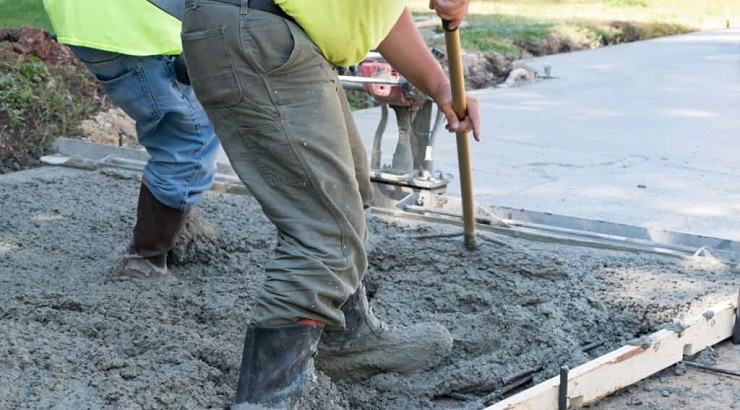Features
What Is OCIP Insurance?
A detailed overview of the owner-controlled insurance program.

OCIP insurance, or owner-controlled insurance program, is a policy held by a property owner during the construction or renovation of a property.
Also known as ‘wrap-up insurance’, an owner-controlled insurance policy, is a single insurance program covering various liabilities in construction projects.
OCIP insurance combines the coverage of several policies that are usually designed for construction projects—builder’s risk, workman’s compensation, general liability, etc.—into a single insurance program.
While an OCIP insurance program is a more complex product compared to other insurance products, it offers superior risk management, cost savings, and efficient claims processing for the policyholder.
An owner-controlled insurance program is usually designed for an individual project, but it is possible to create a ‘rolling’ OCIP that covers several projects.
How OCIP works
Unlike the old-style construction insurance model where all the stakeholders purchase their policies, under OCIP insurance, all the stakeholders are insured by a single policy (known as OCIP), which protects the entire project(s).
Although OCIP insurance was introduced to deliver cost savings and better risk management for mega projects with budgets of over $50–$100 million, the product is nowadays becoming popular among owners of smaller projects.
OCIP coverage
OCIP insurance is a combination of several construction insurance policies into a single policy. However, coverage depends on the choices made by the policyholder.
An owner-controlled insurance program often covers the following:
1. Builder’s risk
Builder’s risk is commonly included in OCIP insurance to cover damage to structures under construction in the event of fire, burglary, etc.
Instead of having each contractor obtain individual builder’s risk insurance, it is more economical to have it included in the OCIP to protect all the stakeholders.
2. Professional liability
This policy protects the project owner from paying for design problems caused by the professionals covered by the policy.
Most design specialists already carry this cover, but it is possible to include professional liability in the OCIP.
3. General liability
Commonly referred to as commercial general liability insurance, this type of coverage provides liability protection to businesses in the event of property damage or bodily harm in the course of business.
This policy can be included in an OCIP insurance policy to cover damages relating to defective workmanship, work-related injuries and defamation.
Like in other types of construction insurance, general liability insurance outlines certain exclusions to protect insurers from having to cover certain risks.
4. Subcontractor default insurance
This is a type of insurance that protects the project financier against failure on the part of the contractor and subcontractor to complete construction works.
It covers unexpected costs on the part of the contractor or costs incurred from unfulfilled responsibilities by the contractor.
Adding this coverage to an OCIP policy can unlock significant cost savings compared to obtaining surety bonds.
5. Workman’s compensation
This is a type of insurance meant to ensure that businesses and contractors are not held liable in case their employee gets hurt while on duty.
It covers medical expenses as a result of a covered incident, ongoing recovery expenses related to an injury, missed wages, legal fees in case the policyholder is taken to court, as well as funeral costs and death benefits.
RELATED: Commercial Property Insurance
Workers’ compensation usually attracts high premiums due to the high number of claims. Adding this coverage to the OCIP can result in huge cost savings, especially for projects with well-thought-out loss prevention measures.
6. Excess liability
Excess liability coverage adds extended coverage to an existing general liability policy. It should almost always be included in OCIP insurance.
OCIP exclusions
1. Surety bonds
Surety bonds are acquired by the contractor through a third party that guarantees the contractor’s financial capability to undertake the project.
Since appraisal and verification must be done for each contractor who needs a surety bond, this coverage is obtained outside the OCIP by each contractor.
2. Contractors with little participation
Contractors with minimal on-site involvement may not be eligible.
These contractors have a low potential risk profile and should thus be kept off the OCIP to avoid unnecessary costs.
3. Contractors working off-site
Those operating away from the construction site may not be covered.
For example, an individual who fabricates doors and ships them to the site cannot be covered under an OCIP. This is because the individual is not subjected to the safety measures that on-site contractors adhere to, which gives him a higher risk profile.
4. Commercial vehicle insurance
Commercial vehicle insurance is typically excluded from OCIP insurance, it is generally difficult to verify that damages happened while on the job.














